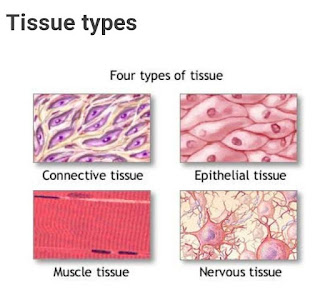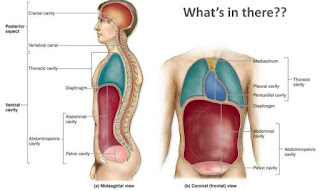SUBDIVISIONS OF ANATOMY एनाटॉमी का उपखंड
Subdivision of Anatomy
The study of Anatomy is made easy and appropriate by dividing it into various subdivision.
They are:
1. Regional Anatomy: It is the study of various organs and organ systems of their relations by dividing the body into various regions.
It is also called Geographical or Topographical Anatomy.
e.g. Arm leg, Head, chest Thorax and Abdomen, Upper Limbs, Lower Limbs etc.
2. Systemic Anatomy: It is the study of structure of the body by dividing into various organ systems. These structures are studied under various headings.
e.g.
Osteology: the study of bones
Arthrology: the study of joints
Myology: the study muscles
Neurology: the study of brain and nerves
Embryology: the study of developing embryo.
3. Surface Anatomy: Anatomical laand marks on the surface of the body through visualization and palpation.
e.g. it is used to study the internal structures as they relate to the overlying skin surface.
4. Gross (or) Macroscopic Anatomy : It is the study of large body structures visible to the naked eye, such as the heart, lungs and kidneys.
5. Microscopic Anatomy: Some structures are too small and not visible to the naked eye. So tissues and cells are examined by using a microscope and is called Microscopic Anatomy. This is divided into two types.
A. Cytology: It is the study of body cells, structures.
B. Histology: It is the study of body tissue structures.
6. Pathological Anatomy: It structural changes by disease.
7. Radiographic Anatomy: Studies internal structures as visualized by X-ray images or specialized scanning procedures.
Translate: Hindi
एनाटॉमी का उपखंड
एनाटॉमी के अध्ययन को विभिन्न उपखंडों में विभाजित करके आसान और उपयुक्त बनाया गया है।
वो हैं:
1. क्षेत्रीय एनाटॉमी: यह शरीर के विभिन्न क्षेत्रों में विभाजित करके उनके संबंधों के विभिन्न अंगों और अंग प्रणालियों का अध्ययन है।
इसे भौगोलिक या स्थलाकृतिक शारीरिक रचना भी कहा जाता है।
जैसे आर्म लेग, हेड, चेस्ट थोरैक्स और अब्दोमेन, अपर लिम्ब्स, लोअर लिम्ब्स आदि।
2. सिस्टमिक एनाटॉमी: यह विभिन्न अंग प्रणालियों में विभाजित करके शरीर की संरचना का अध्ययन है। इन संरचनाओं का अध्ययन विभिन्न शीर्षकों के तहत किया जाता है।
जैसे
ओस्टियोलॉजी: हड्डियों का अध्ययन
आर्थ्रोलॉजी: जोड़ों का अध्ययन
मायोलॉजी: अध्ययन की मांसपेशियां
न्यूरोलॉजी: मस्तिष्क और नसों का अध्ययन
भ्रूणविज्ञान: विकासशील भ्रूण का अध्ययन।
3. भूतल एनाटॉमी: शरीर की सतह पर दृश्य और तालु के माध्यम से एनाटोमिकल लांड के निशान।
जैसे इसका उपयोग आंतरिक संरचनाओं का अध्ययन करने के लिए किया जाता है क्योंकि वे त्वचा की ऊपरी सतह से संबंधित हैं।
4. स्थूल (या) मैक्रोस्कोपिक एनाटॉमी: यह शरीर की बड़ी संरचनाओं का अध्ययन है जो नग्न आंखों, जैसे हृदय, फेफड़े और गुर्दे के लिए दिखाई देती हैं।
5. माइक्रोस्कोपिक एनाटॉमी: कुछ संरचनाएं बहुत छोटी होती हैं और नग्न आंखों से दिखाई नहीं देती हैं। तो ऊतकों और कोशिकाओं की जांच माइक्रोस्कोप का उपयोग करके की जाती है और इसे माइक्रोस्कोपिक एनाटॉमी कहा जाता है। यह दो प्रकारों में विभाजित है।
ए। साइटोलॉजी: यह शरीर की कोशिकाओं, संरचनाओं का अध्ययन है।
बी हिस्टोलॉजी: यह शरीर के ऊतक संरचनाओं का अध्ययन है।
6. पैथोलॉजिकल एनाटॉमी: यह रोग द्वारा संरचनात्मक परिवर्तन करता है।
7. रेडियोग्राफिक एनाटॉमी: एक्स-रे छवियों या विशेष स्कैनिंग प्रक्रियाओं द्वारा कल्पना के रूप में आंतरिक संरचनाओं का अध्ययन।


Comments
Post a Comment